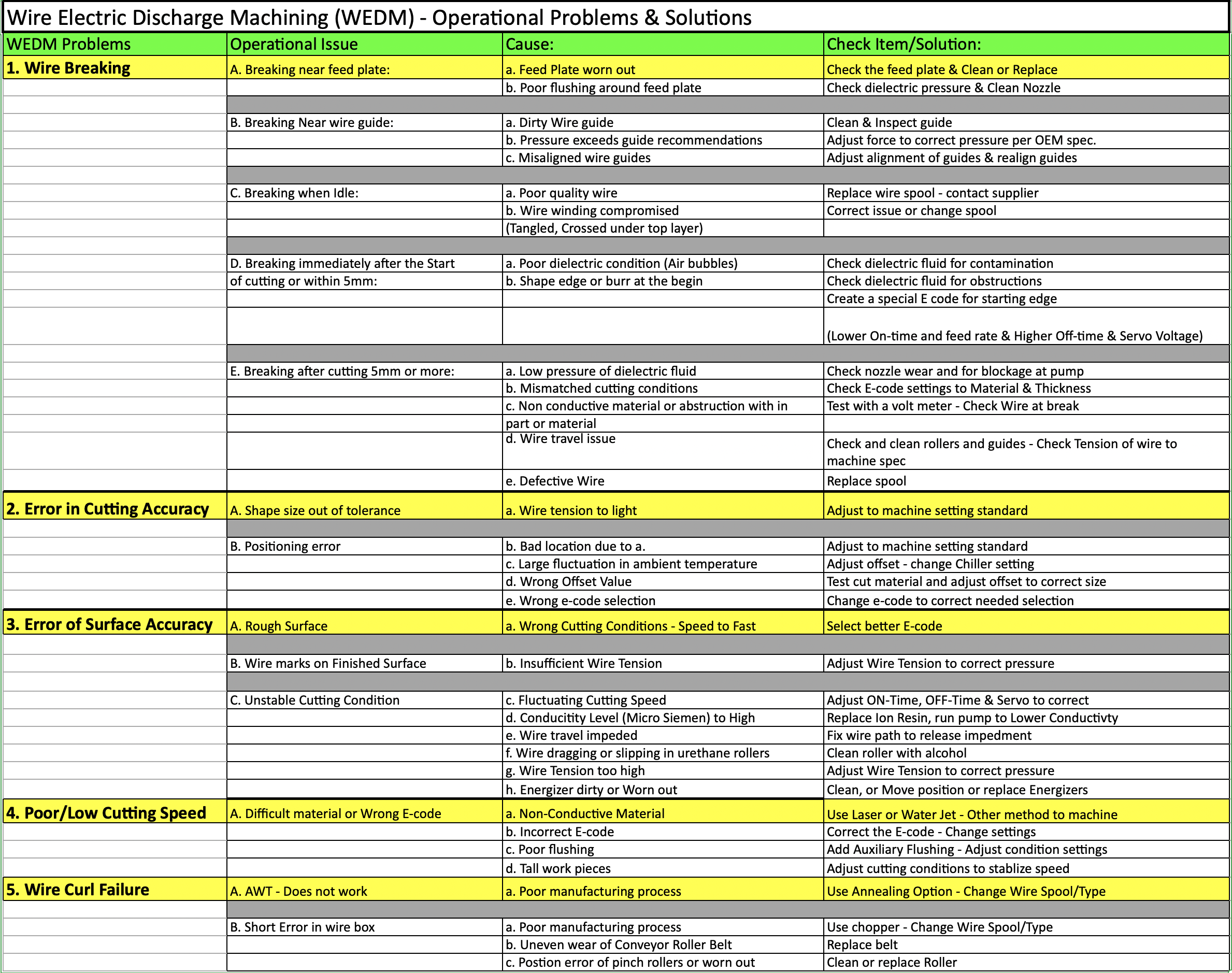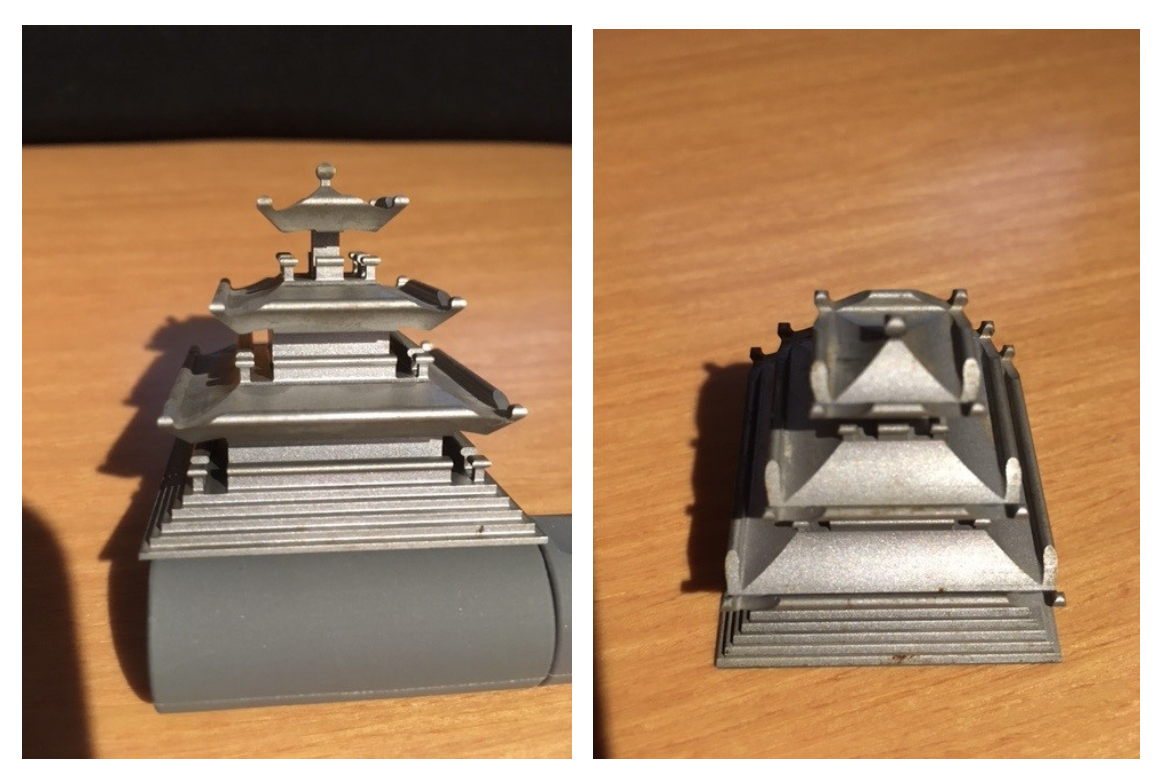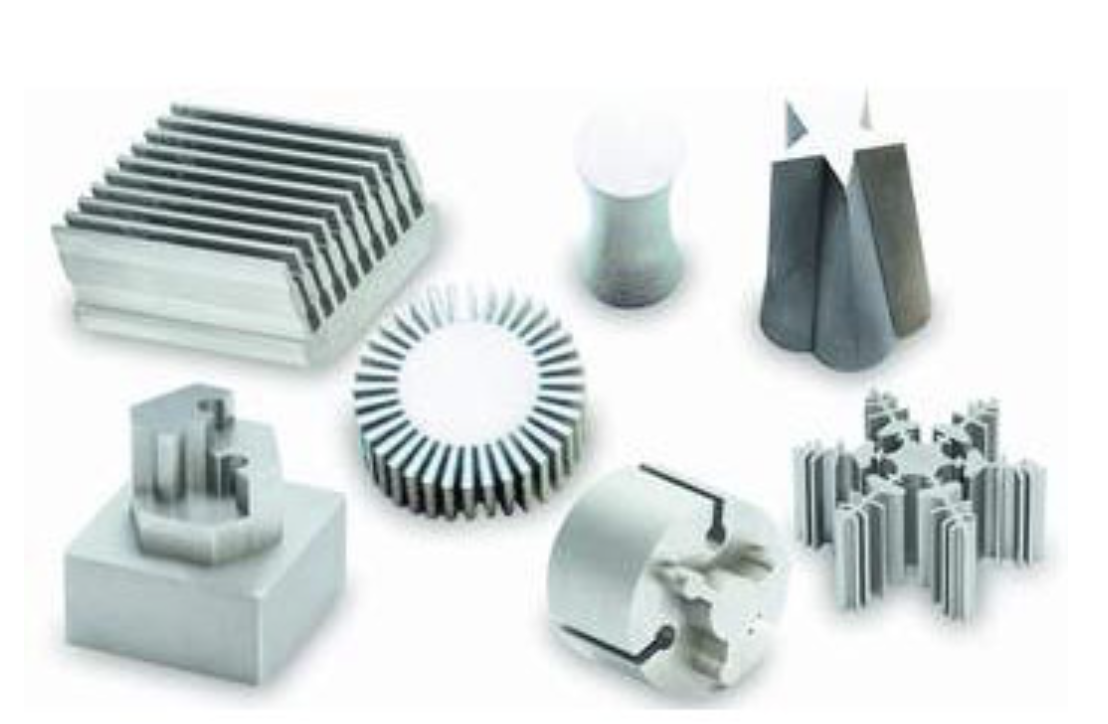Critical EDM Wire Properties
•Zinc Concentration/Melting Point of Eroding Surface
•Fracture Resistance (a.k.a. Fracture Toughness)
•Electrical Conductivity
•Handling Characteristics, Particularly For AWT
We can now focus on the critical wire properties in WEDM, from the metallurgical perspective. We will be looking at zinc concentration and melting point of the eroding surface, fracture resistance, electrical conductivity, and handling characteristics.
The handling characteristics, more specifically the wire straightness, is critically important to those machine without annealing units as part of there automatic wire threaders, so older machines! As you might suspect, this property is also related to metallurgical phenomenon, but this really in the domain of wire manufacturers, so we will not be digging into it here.
The Annealing unit have made this much less an issue as they have solved the problem of the wire not threading EVERYTIME!
The Technology of Flushing
If you take nothing more than this away from my article, you will be well on your way to understanding the metallurgy of EDM wires.
Earlier I said there is no such thing as a vaporization temperature for metals. However vaporization as a process is critically important to EDM, and the property that controls it is known as the heat of sublimation. Do not be intimidated by this complicated sounding name; it is quite simple concept which we will consider momentarily. In the meantime the fact is, the heat of sublimation determines the flush-ability of wire and workpiece.
Low values yield good flush-ability; high values yield poor flush-ability. Zinc and zinc alloys have low values and therefore provide good flush-ability.
The following two sentences tell you much of what you need to know about wire selection.
When considering EDM wires, the one with surface with the highest zinc content will cut the fastest, IF, that surface with the high zinc content is thick and tenacious enough to survive the erosion process.
The tenacity of the surface is directly proportional to its melting point with a minimum 550oC required for superior performance.
Notice I capitalized the “if” because it is a very “big” if. Thick and tenacious are relative terms that can only be fully judged after the fact. Thickness is important because there must be enough of the eroding surface available to make it through the gap.
Tenacity is important because the large values of the physical and hydraulic forces that exist in the gap of wire EDM are capable of deforming and/or removing some of the surface. It is literally possible for the surface to be “blown away.









































